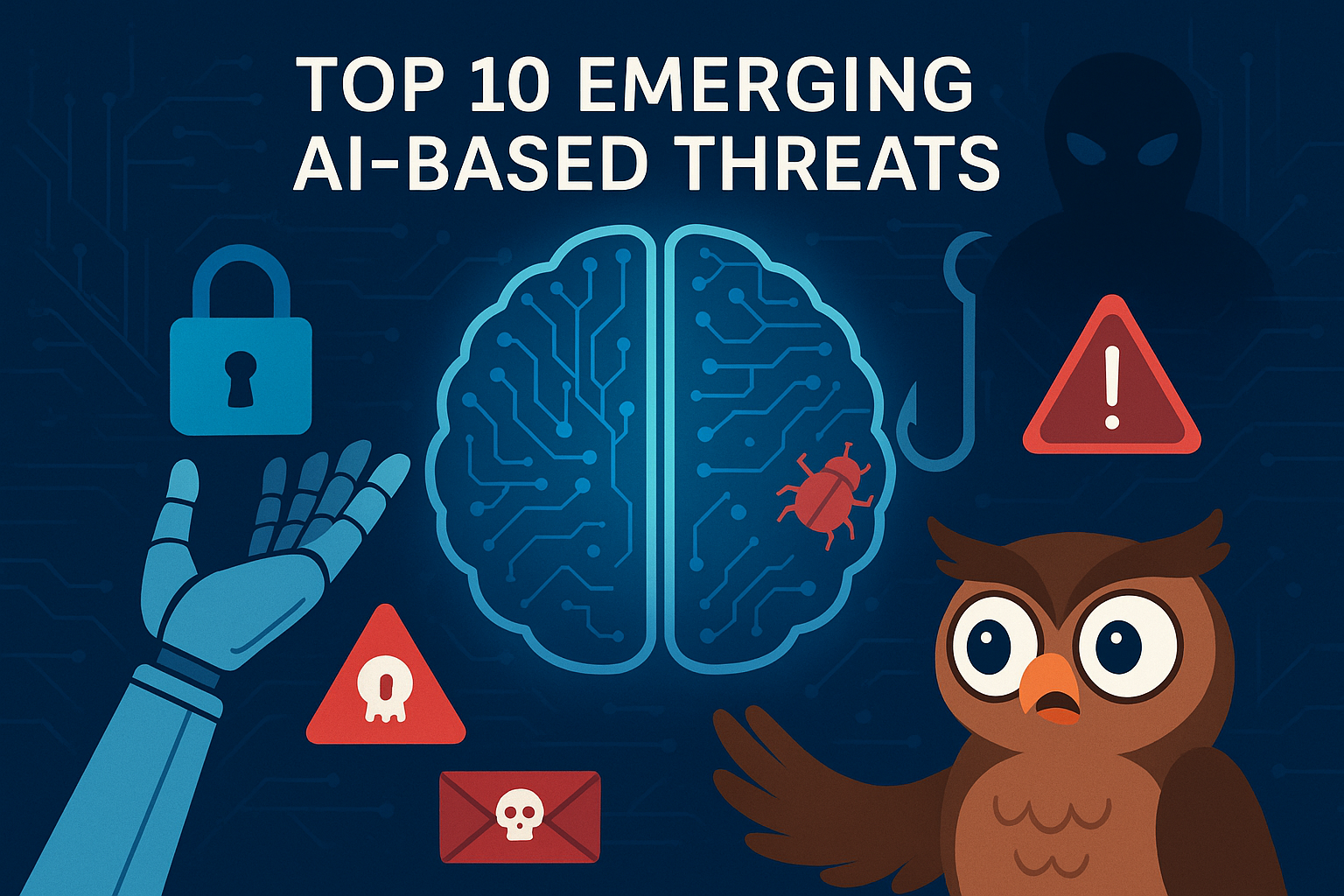
Network Resilience is the ability of a network to: (1) provide continuous operation (i.e., highly resistant to disruption and able to operate in a degraded mode if damaged); (2) recover effectively if failure does occur; and (3) scale to meet rapid or unpredictable demands.
Your business needs to take proactive measures today to first reduce its chances of being hit by ransomware, phishing, or other cybersecurity attacks. Secondly, validate backups and disaster recovery plans are current and functioning in case you end up hit with ransomware. CyberHoot recommends the following best practices to avoid, prepare for, and prevent damage from these attacks:
Start building your robust, defense-in-depth cybersecurity plan at CyberHoot.
Related Terms: Information System Resilience, Network Services
Source: CNSSI 4009
Discover and share the latest cybersecurity trends, tips and best practices – alongside new threats to watch out for.

In today’s cybersecurity landscape, breaches are rarely caused by a lack of technology. Instead, they stem from...
Read more
Artificial Intelligence (AI) is transforming productivity and efficiency, but it’s also arming cybercriminals...
Read more
Part 2 of Our Microsoft Entra Security Series In Part 1, we explored how Microsoft’s Token Protection...
Read moreGet sharper eyes on human risks, with the positive approach that beats traditional phish testing.
